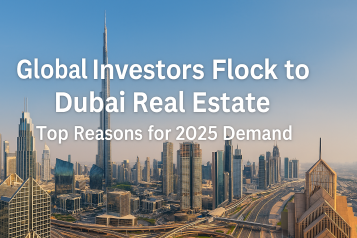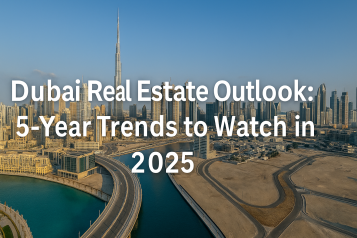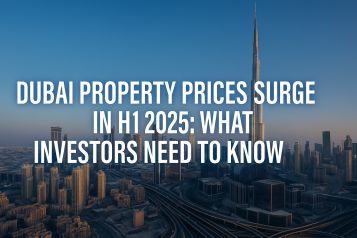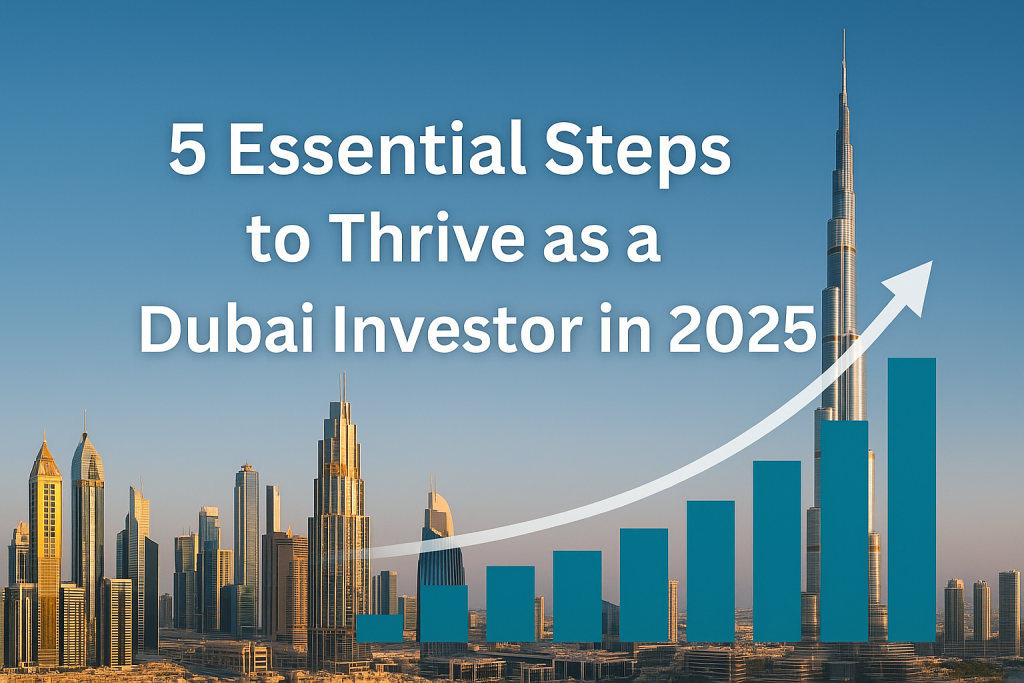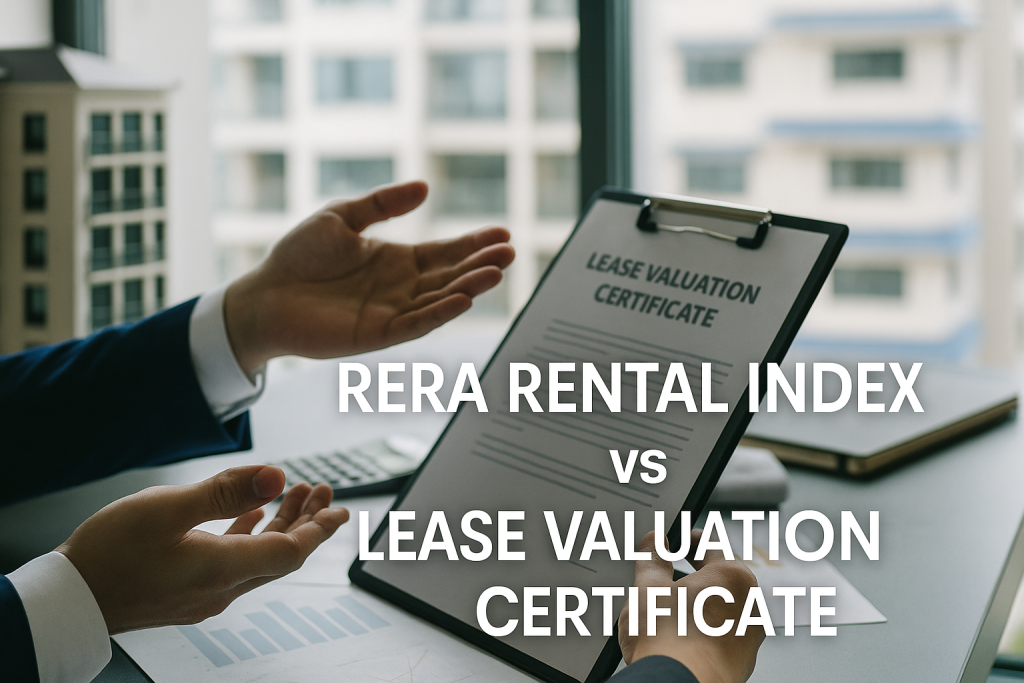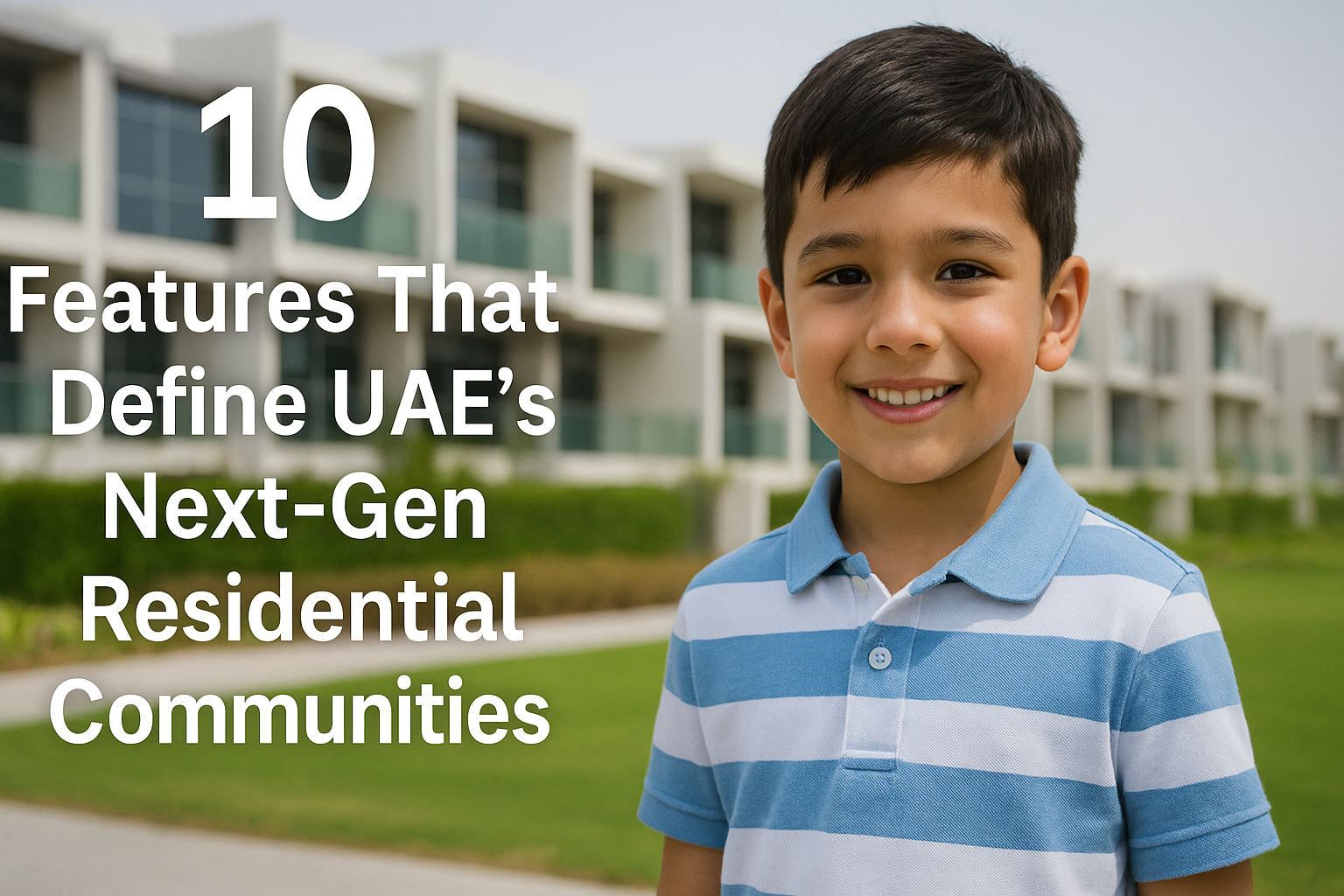

Introduction: The Rise of Next-Gen Communities in the UAE
A New Vision of Residential Living
The United Arab Emirates (UAE) is redefining what it means to live in a modern city. With its rapid urbanization, commitment to sustainability, and vision-driven leadership, the country is pioneering the concept of Next-Gen Communities. These aren’t just smart or eco-friendly developments; they are holistic ecosystems designed to enhance quality of life, environmental performance, and digital connectivity.
In line with the Year of Community, I launched today, the Hewi Dubai initiative, a new initiative to revive the spirit of traditional Emirati neighbourhoods through contemporary public spaces that bring people together, strengthen social ties, and create safe, welcoming… pic.twitter.com/tediYAFyVm
— Hamdan bin Mohammed (@HamdanMohammed) May 5, 2025
Here in this article, we will go through the features that define UAE’s next-gen communities, where trends that boost UAE real estate appeal for gen-z investors are emerging.
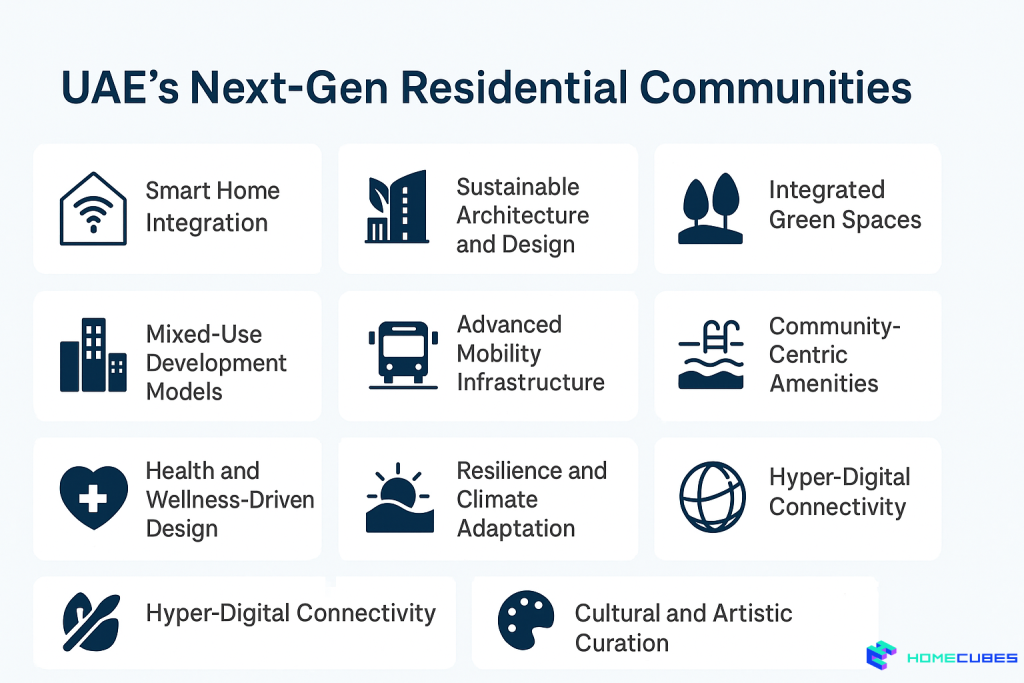
1. Smart Home Integration
Automating Daily Life
Smart technology is the bedrock of Next-Gen Communities. UAE developments now integrate IoT-enabled devices that manage lighting, security, climate, and even appliances. Residents can control home environments via apps or voice commands.
Key Features Include:
- Smart thermostats
- AI-powered security cameras
- Remote appliance control
- Energy dashboards for sustainability monitoring
2. Sustainable Architecture and Design
Building for Tomorrow
Next-Gen Communities are structured around sustainability-first principles. These include solar panels, energy-efficient facades, green roofing, and building materials with low embodied carbon.
Notable Examples:
- Sharjah Sustainable City
- Masdar City’s net-zero energy buildings
Developments like these align with UAE’s Green Building Regulations and Estidama Pearl Rating Systems, ensuring long-term environmental performance and providing factors that appeal UAE’ real estate to ESG-focused investors.
3. Integrated Green Spaces
Urban Nature for Well-being
Greenery isn’t ornamental in Next-Gen Communities—it’s functional. Urban forests, rooftop gardens, and landscaped parks enhance microclimates, support biodiversity, and offer recreational space.
Health and Climate Benefits:
- Reduces urban heat
- Improves air quality
- Encourages active lifestyles
Masdar City includes over 100,000 square meters of green public space, making it one of the most livable zones in the UAE (source).
4. Mixed-Use Development Models
The 15-Minute City Concept
Next-Gen Communities integrate residential, commercial, cultural, and recreational services into one masterplan. Residents can access daily needs within a 15-minute walk or bike ride.
Urban Benefits:
- Less traffic and pollution
- Greater local economic activity
- Stronger sense of community
This model has been adopted by Dubai South and Abu Dhabi’s Reem Island projects.
5. Advanced Mobility Infrastructure
Getting Around Smartly
Electric vehicle (EV) charging, autonomous shuttles, cycling highways, and walkable pathways define the new mobility landscape in the UAE.
Mobility Upgrades:
- Abu Dhabi’s Integrated Transport Master Plan
- Dubai Metro 2040 expansion
The Roads and Transport Authority (RTA) announced that 25% of Dubai’s transport will be smart and driverless by 2030 (source).
6. Community-Centric Amenities
Spaces That Encourage Belonging
Next-Gen Communities are designed for social cohesion. Beyond playgrounds and gyms, they offer co-working hubs, open-air cinemas, libraries, and community kitchens.
Why It Matters:
- Reduces isolation
- Fosters inclusion
- Builds local identity
2025 is the UAE’s designated “Year of Community,” amplifying these values in national urban planning (source).
7. Health and Wellness-Driven Design
Where Health Is Built In
Designing for physical and mental health is now a development priority. This includes clean air systems, wellness centers, yoga decks, and meditation pods.
Emerging Trends:
- Biophilic architecture
- Mental wellness zoning
- Air-quality-certified interiors
Developments like Tilal Al Ghaf have launched entire wellness neighborhoods with walking trails, lakes, and mindfulness gardens.
8. Resilience and Climate Adaptation
Future Proofing the Built Environment
Communities are being designed to withstand flooding, heatwaves, and sandstorms through improved drainage, reflective roofing, and modular water storage systems.
Climate-Smart Additions:
- Greywater recycling
- Elevated terrain designs
- Passive cooling techniques
These innovations align with the UAE’s Green Agenda 2030.
9. Hyper-Digital Connectivity
More Than Wi-Fi
Next-Gen Communities are fiber-wired for 5G, cloud services, and connected building systems. Residents benefit from instant connectivity whether at home, in parks, or in transit.
Use Cases:
- Remote work
- E-learning
- Smart utility metering
Dubai Silicon Oasis and Mohammed Bin Rashid City are examples of digitally native communities.
10. Cultural and Artistic Curation
Rooted in Identity
Public art, heritage centers, and architectural nods to Islamic design traditions are being embedded into community planning.
Cultural Features:
- Local artists in residence
- Public sculpture trails
- Community storytelling events
This fosters emotional connection, especially in multicultural zones like Dubai’s Alserkal Avenue.
Beyond the Core: General Themes That Expand Next-Gen Value
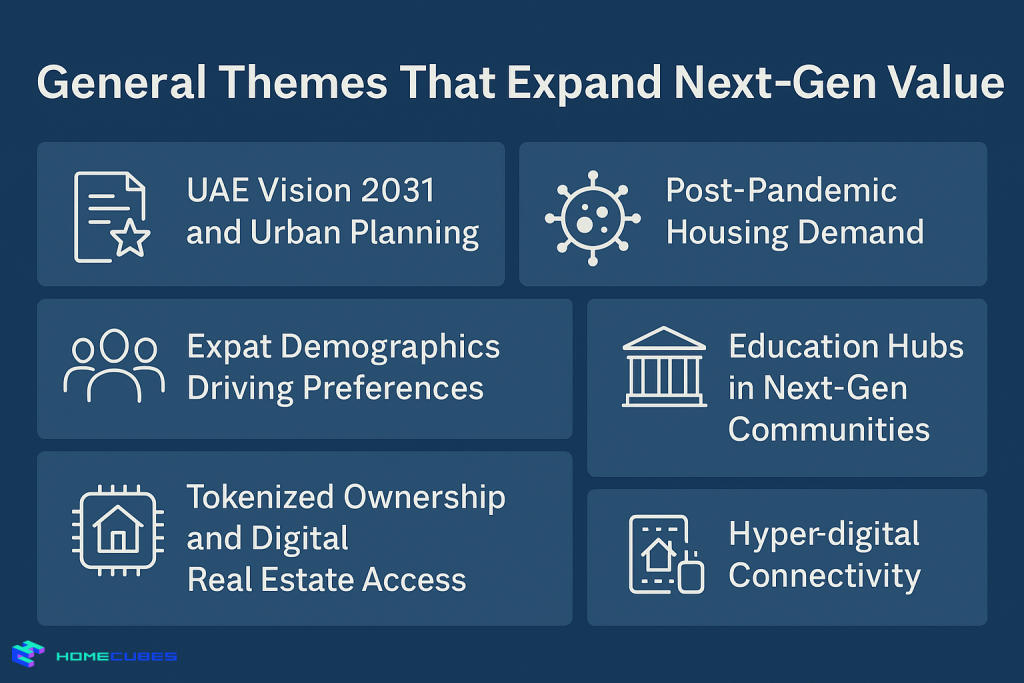
UAE Vision 2031 and Urban Planning
The national strategy prioritizes smart infrastructure, resilient communities, and sustainability leadership. All new residential developments are expected to align with this framework.
Post-Pandemic Housing Demand
The rise of remote work has increased demand for larger units, private outdoor space, and wellness-centric layouts—now a staple in next-gen masterplans.
Expat Demographics Driving Preferences
With over 85% of the UAE’s population being expatriates, communities now cater to a variety of cultural, lifestyle, and language needs.
Education Hubs in Next-Gen Communities
Proximity to international schools and STEAM education zones is becoming a unique selling point for families relocating to these communities.
Tokenized Ownership and Digital Real Estate Access
Platforms like Homecubes are preparing to make high-value properties accessible via fractional, blockchain-based investments. While not yet operational, the groundwork reflects next-gen investment models.
Conclusion: What Makes These Communities Truly Next-Gen?
They combine:
- Environmental stewardship
- Lifestyle innovation
- Digital integration
- Cultural continuity
Next-Gen Communities represent the UAE’s vision of inclusive, tech-savvy, and sustainable urban life. These developments are not just about technology or aesthetics — they embody a larger purpose. They are designed to respond to pressing global challenges such as climate change, social isolation, and housing affordability, while also fostering long-term value for investors, developers, and residents alike.
Moreover, Next-Gen Communities align with national ambitions like UAE Vision 2031, helping the country lead by example on the global stage. From smart mobility to cultural preservation, every element is intentional, scalable, and future-oriented. As the demand for intelligent, resilient, and connected living environments continues to rise, the UAE’s blueprint serves as both a local triumph and a global benchmark for modern residential development.
Homecubes: Investing in the Future, Today
At Homecubes, we are preparing to make real estate investment accessible to all through tokenized, blockchain-backed property models. Our upcoming platform is designed with sectors like Next-Gen Communities in mind.
🚧 Note: Homecubes is currently in the process of securing its real estate tokenization platform license from VARA and is not yet offering services.

